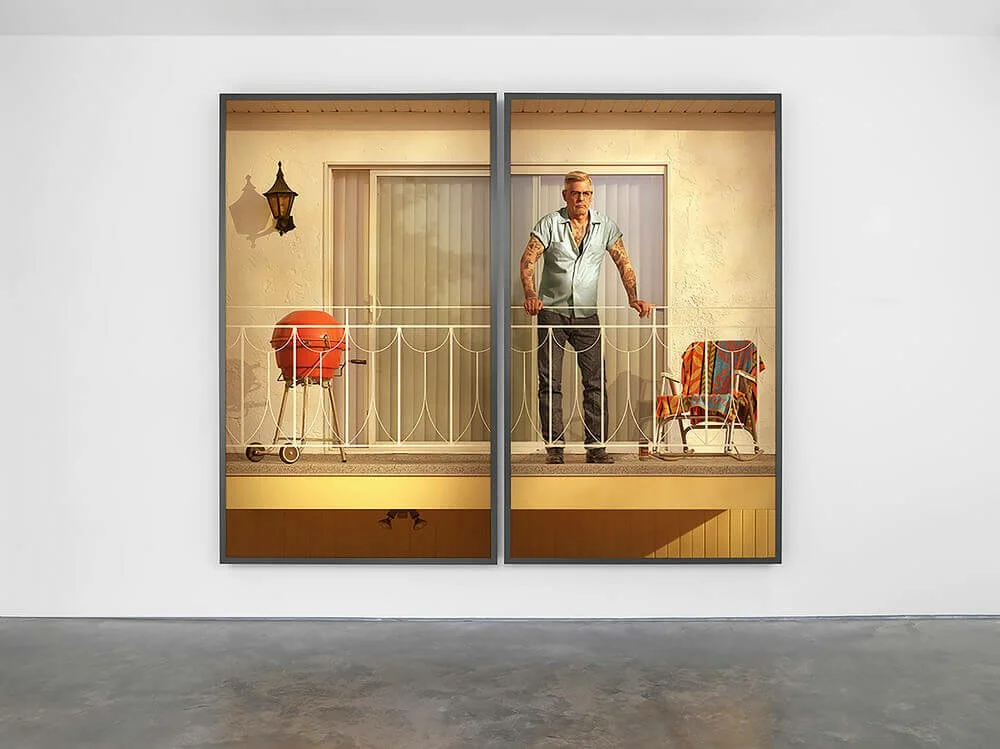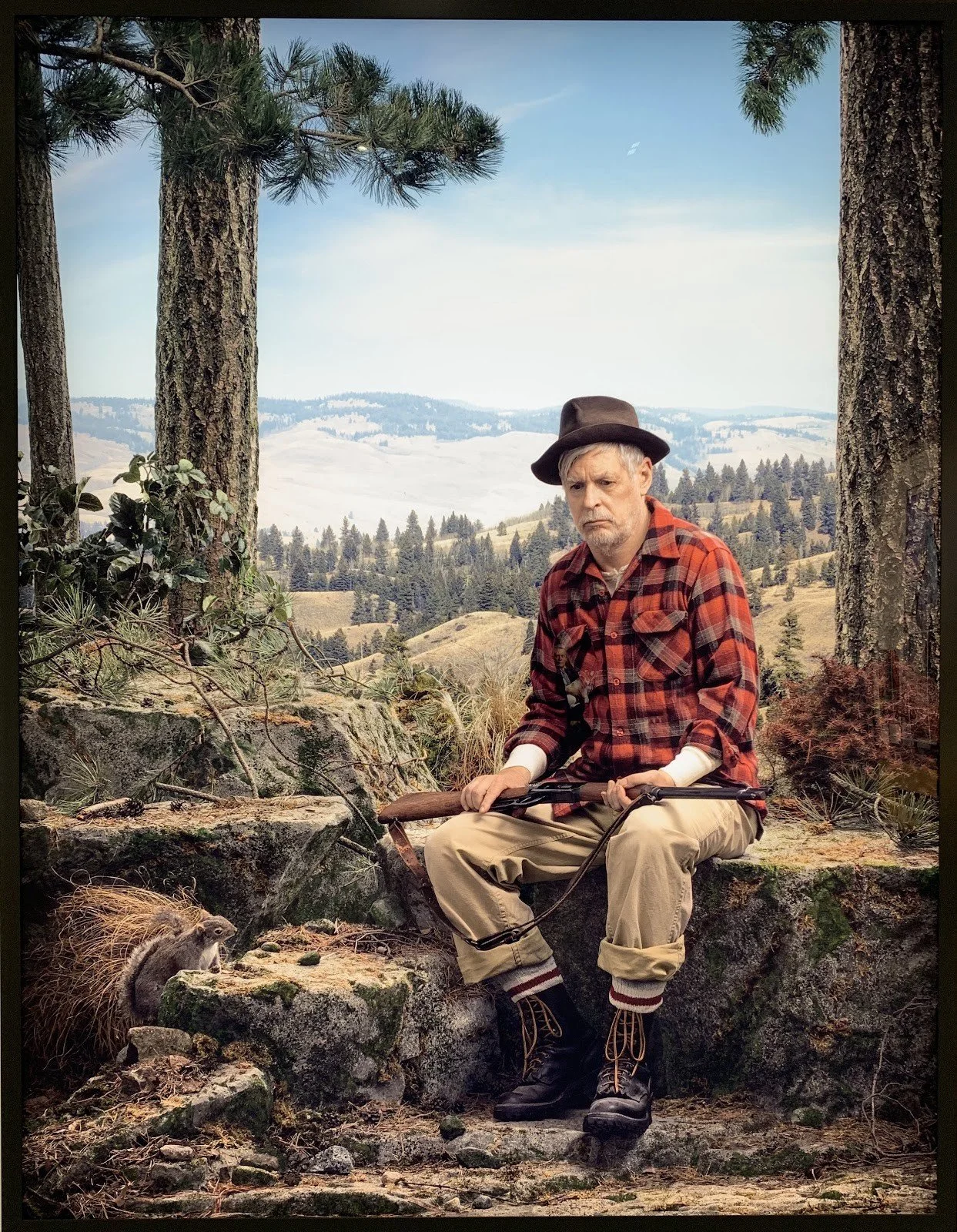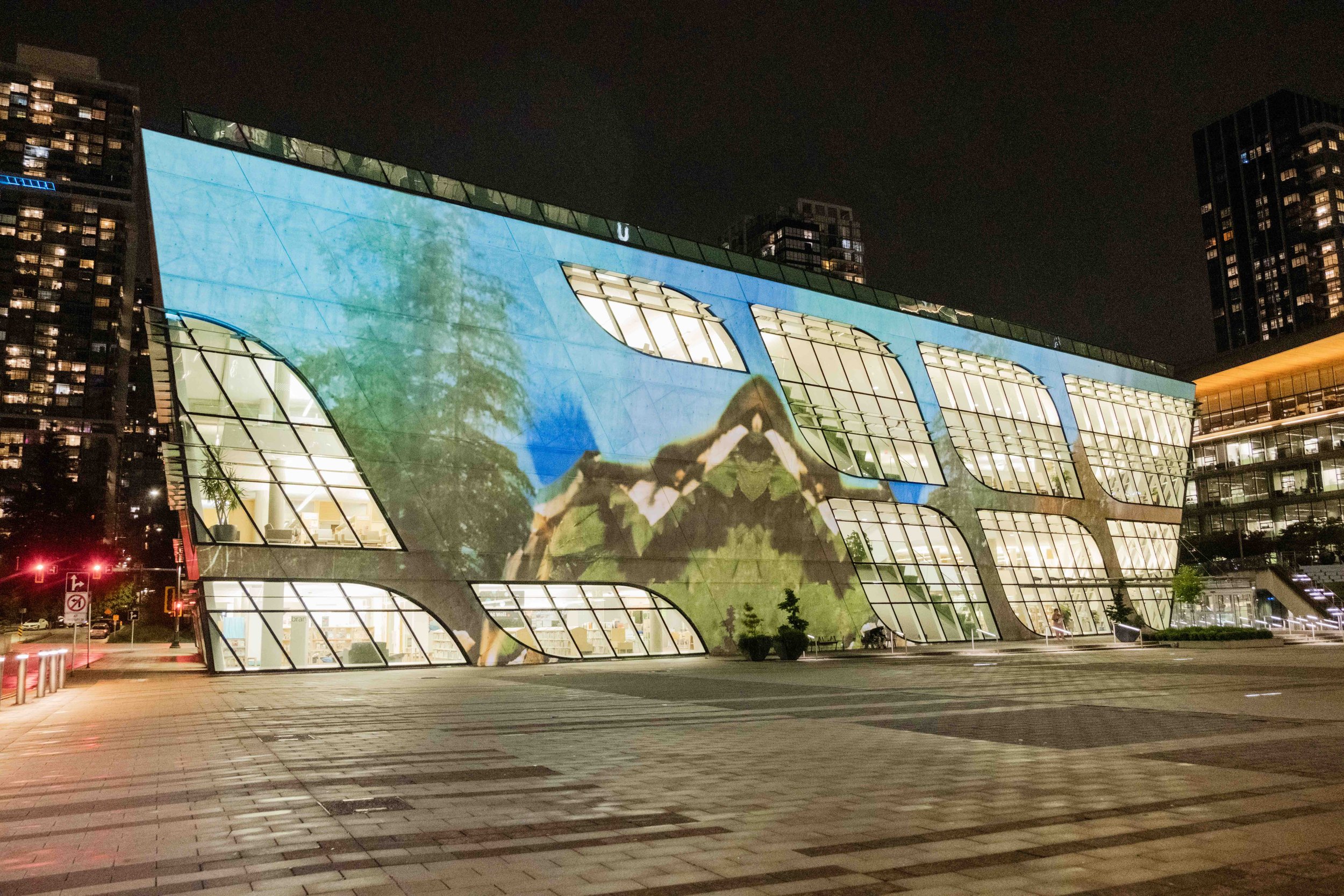Cultural scene mourns Vancouver contemporary artist Rodney Graham
From the chandelier under the Granville Street Bridge, to a cheeky tale of a sailor at the Venice Biennale, he leaves a huge, genre-busting legacy
Torqued Chandelier Release
Rodney Graham, Tattooed Man on Balcony, 2018 Two painted aluminum lightboxes with transmounted chromogenic transparency. Lisson Gallery
INFLUENTIAL, HIGHLY RESPECTED contemporary-art giant Rodney Graham passed away Saturday at 73.
Condolences are pouring onto social media from around the world. In an announcement, the four galleries who represented him—303 Gallery, Hauser & Wirth, Lisson Gallery, Galerie Rüdiger Schöttle and Esther Schipper—said he had been battling cancer.
Born in Abbotsford, Graham emerged from the 1970s’ photoconceptual movement in this city—the “Vancouver School” that gave rise to names like Jeff Wall, Roy Arden, and Ken Lum—putting his own unique, cheeky, and genre-busting twist on it. He was known for referencing the art-historical, the literary, the philosophical, and especially the cinematic and the musical.
Rodney Graham. Photo by Scott Livingstone
His highest profile work in Vancouver is the large, spinning chandelier under the Granville Street Bridge; called Torqued Chandelier Release, it slowly rotates as it ascends, and once per day, lets go to spin rapidly back to its starting point. It’s a perfect example of the artist’s range, innovation, and brilliant humour.
Celebrated around the globe, he’s shown in cutting-edge museums and exhibitions that include Museum der Moderne, Salzburg, Austria; the Museu D’Art Contemporani de Barcelona, Spain; the Centre Georges Pompidou in Paris, France; the Museum of Contemporary Art Los Angeles; and the Sydney Biennales, the Whitney Biennial, and the Biennale d’Art contemporain de Lyon, France. He represented Canada at the 47th Venice Biennale with the film Vexation Island—a looping cinematic story of a shipwrecked sailor, played by Graham, who wakes up on a tropical island, gets conked in the head by a falling coconut, passes out, and then comes to again. He was also spotlighted in several major shows at the Vancouver Art Gallery.
His output encompassed camera obscura photographs of inverted Welsh Oak trees, and artistic references to everyone from Lewis Carroll to Sigmund Freud to Kurt Cobain. Adding a constant performative element to his work, he was often the star of his own photos and videos, playing everyone from cowboys to remorseful hunters to tattooed balcony dwellers to 1950s pipe-smoking gentlemen. His work extended to paintings—most recently Cubist-looking works whose compositions were actually created digitally.
Rodney Graham, Remorseful Hunter, lightbox, 2019, 303 Gallery, New York.
Amid his awards, he received the coveted Audain Prize for lifetime achievement in visual arts here in 2011, and became an officer in the Order of Canada in 2016.
His varied career also extended to the pastry business: together with artist Shannon Oksanen (Graham's long-time muse) and her partner, photographer and musician Scott Livingstone, he owned Main Street’s iconic Liberty Bakery. Famously, in the late 1970s and early 1980s, he also played guitar in the art-school band UJ3RK5 with fellow art stars Jeff Wall and Ian Wallace.
Graham is survived by his partner Jill Orsten, Oksanen, Livingstone, and children Ray and Coco Livingstone.
See memorializations from everyone from William Gibson to MoMa below.


















